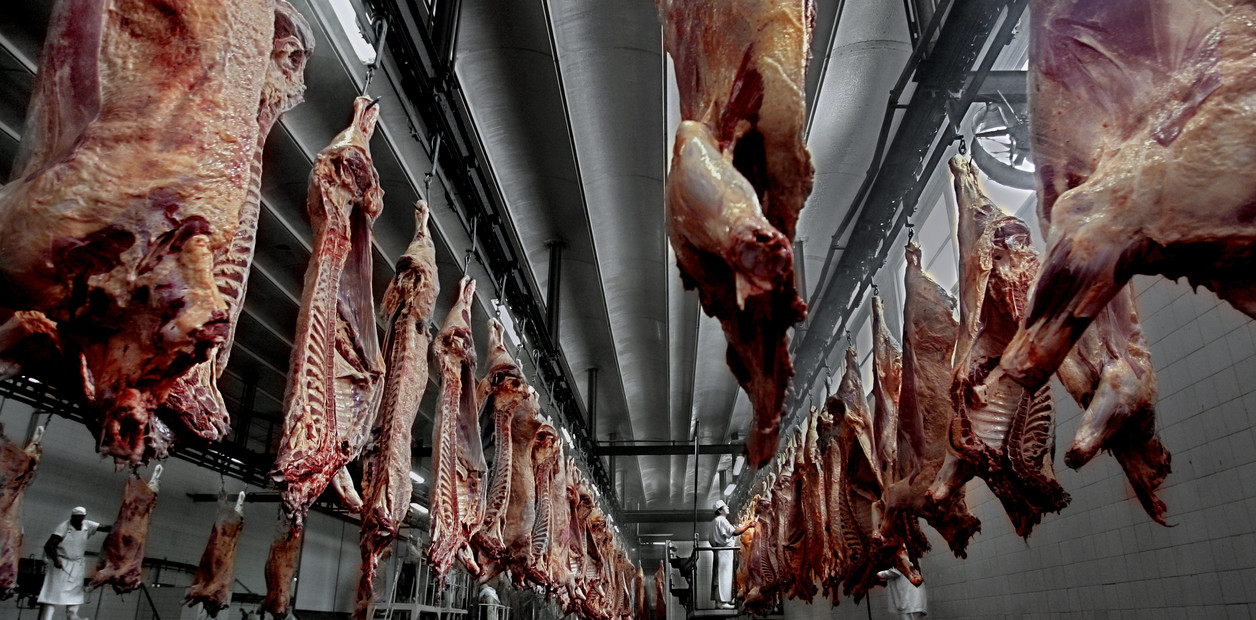
2025 will end with 13.8 million slaughtered, 1.5% less than last year.
Cattle shipments to slaughter (based on Senasa DTE information) amounted to 2.7 million head, 7% less than last year, but the extraction rate (slaughter/livestock) was still 11.8%, a few tenths above the equilibrium value.
The total number of heifers shipped this year is expected to be approximately 3.68 million head. While this represents a 3% increase compared to 2024, it is important to remember that last year’s heifer stock fell by 475,000 head. We will continue to prey. The number of steers shipped is expected to be 3.35 million head, about the same level as last year (down 0.5%), and the number of steers shipped is expected to be 3.2 million head, an increase of 1.2%.
Cattle slaughter is slowing, but heifer slaughter remains a concernwhile there are no significant changes in male slaughter.
Last year, 14 million animals were slaughtered, and as of December 31, the number of livestock had decreased by 1.16 million animals.
In the livestock year of 2025, the number of calves slaughtered will be slightly lower (about 200,000 head) and the number of calves “entering” the herd will be slightly higher than in 2024. This is a result of better reproductive rates.
This year’s improvement in gestational belly proportions will be partially offset by a decrease in the number of bellies exposed to service in spring 2024 (birthing 2025, weaning 2026). Fertility increases, but the number of uteruses decreases.
When it comes to meat consumption, the purchasing power of registered pay earners (Ripte) based on in-store beef as measured by the National Institute of Statistics and Census (Indec) remains much lower.
This purchasing power index averaged 178 kg per month during the CFK presidency (2012-2015) and 177 kg per month during the Macri presidency (2016-2019), but recorded a marked decline during the Alberto Fernández administration (2019-2023), to an average of 144 kg during that period.
In February 2024, after the start of the Millais government and a significant change in relative prices, the purchasing power of salaries fell to just 90 kg, an all-time low. From that moment on, it showed a strong recovery, increasing for 11 consecutive months and reaching 142 kg per month in November 2024.
Throughout 2024, wages recovered steadily, while in-store meat prices, and livestock prices, continued to decline.
2025 started with a purchasing power index of 130 kg, which could not be maintained throughout the year, as the price of beef in stores rose faster than wages. The purchasing power of registered salaries in August 2025 (latest published data) was 122 kg, a significant departure from the historical average.
While wages have shown a slowing recovery in recent months, in-store beef prices are likely to rise above the rate of inflation in the coming months, subject to seasonality, making it difficult to a priori expect a recovery in purchasing power in the short term.
In the last quarter of 2001, before the end of convertibility and major devaluations, the purchasing power of a salary was 245 kg of beef.



